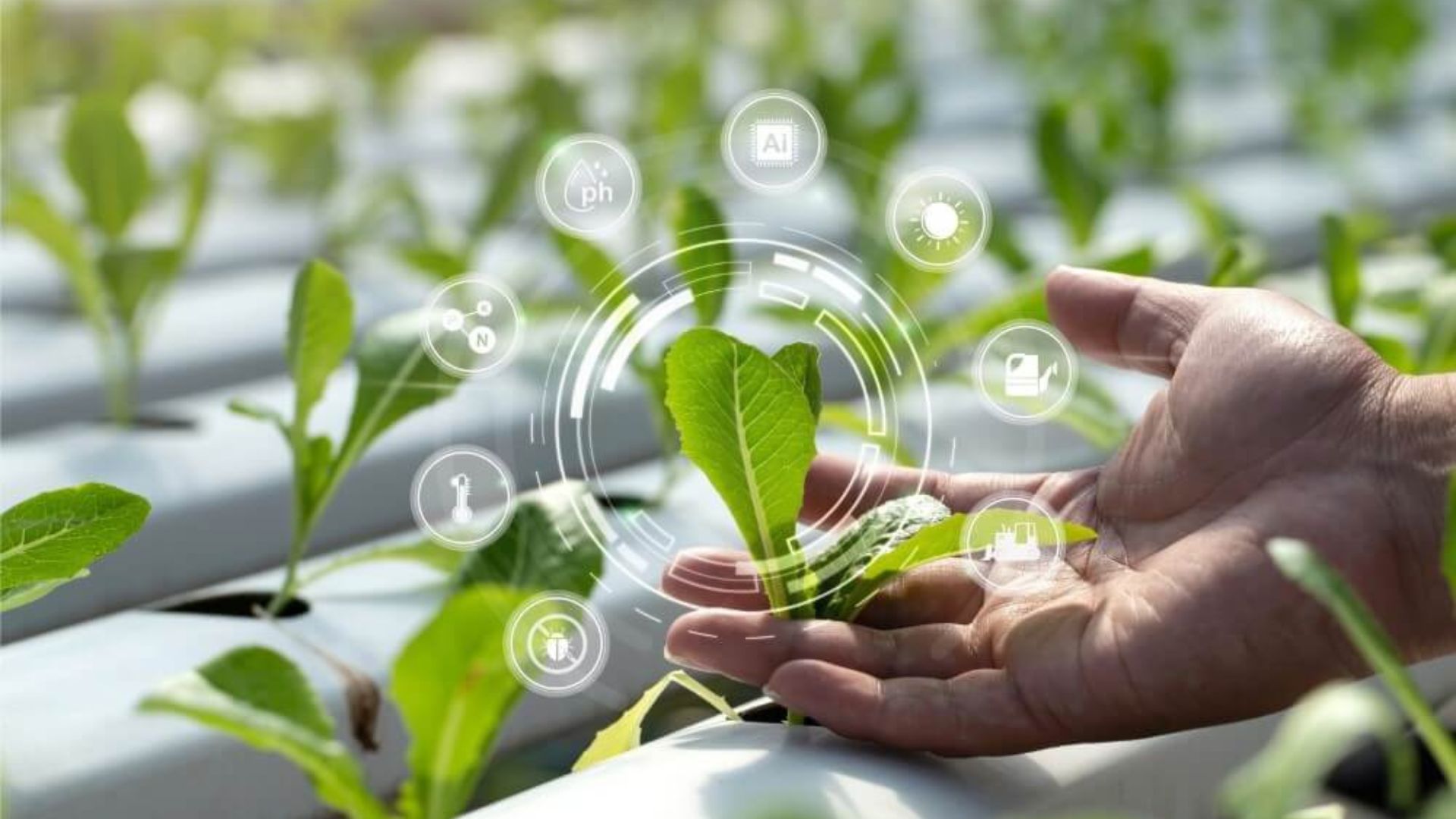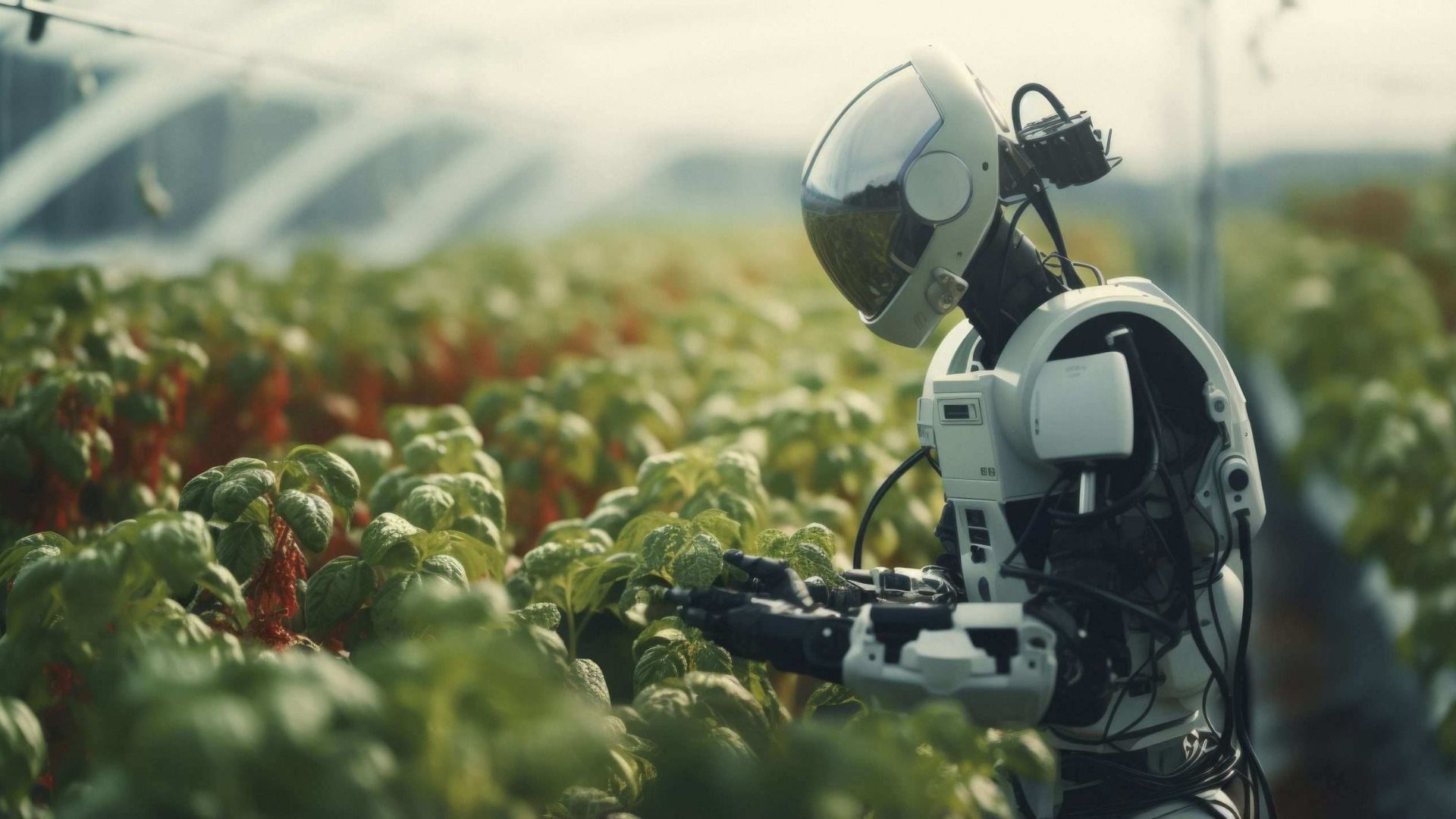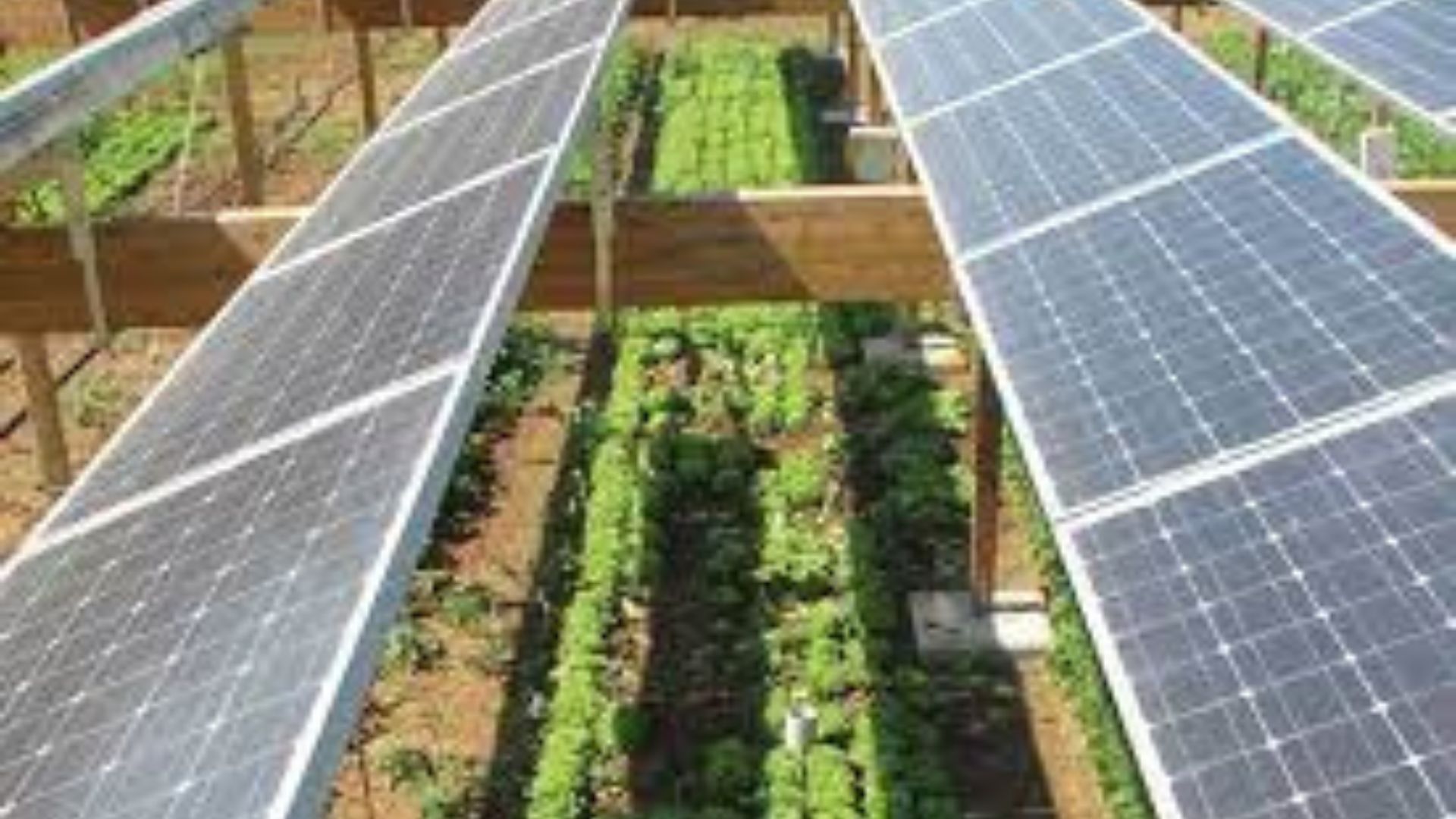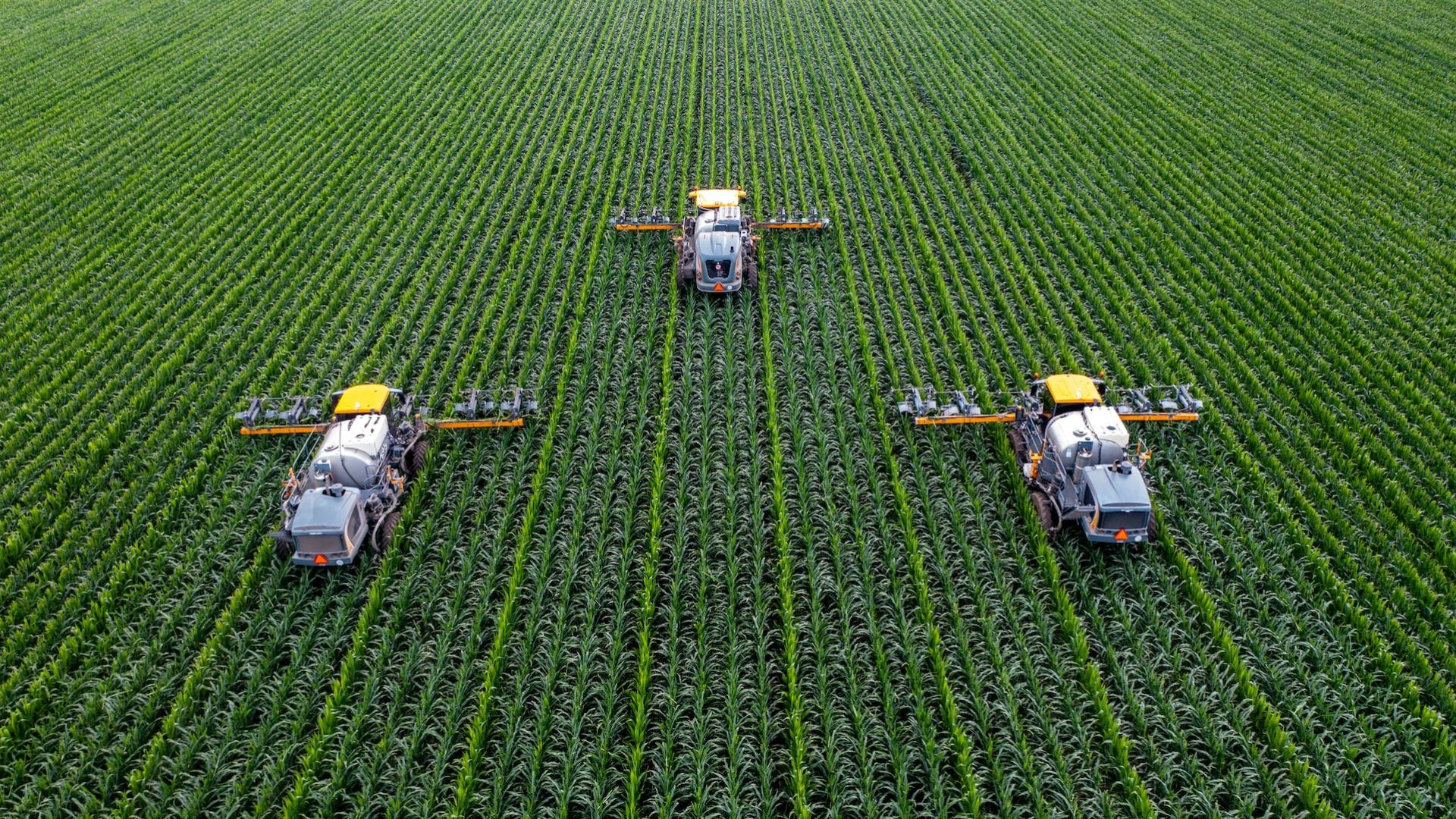Innovations driving green farming solutions are transforming agriculture by combining technology, sustainability, and efficiency. Across South Africa and globally, farmers are adopting advanced tools and modern practices that enhance crop production, conserve resources, and protect the environment. By embracing these innovations, farms of all sizes can achieve higher yields, reduce waste, and maintain long-term sustainability.

The Importance of Innovation in Green Farming
In today’s rapidly changing agricultural landscape, innovation is crucial. Traditional farming alone cannot meet the growing demand for food while preserving natural resources. Therefore, innovations in green farming provide methods to optimize soil health, improve water management, and reduce chemical usage. As a result, farmers can produce healthy crops more efficiently and sustainably.
Economic Advantages
Implementing innovative green farming solutions improves profitability. For example, precision farming tools reduce input costs by applying fertilizers and water only where needed. Automated irrigation and monitoring systems minimize labor expenses, and data-driven management enhances decision-making. Consequently, farmers can increase yields, reduce waste, and secure higher returns on investment.
Environmental Advantages
Innovations also benefit the environment. Smart irrigation systems conserve water, while integrated pest management reduces chemical use. Renewable energy solutions, such as solar-powered pumps, lower carbon footprints. Moreover, techniques like crop rotation, cover cropping, and agroforestry maintain soil fertility and support biodiversity. Consequently, innovative green farming contributes to a healthier planet.
Key Innovations Driving Green Farming Solutions
Several modern innovations are transforming green farming. They enhance efficiency, promote sustainability, and improve crop health.
1. Precision Agriculture
Precision agriculture uses GPS, sensors, and drones to monitor and manage crops. For example, soil sensors provide real-time data on moisture and nutrient levels. As a result, farmers can optimize irrigation and fertilization, reduce waste, and improve yields. Precision agriculture ensures sustainable resource use while maintaining high productivity.
2. Automated Irrigation Systems
Automated irrigation delivers water directly to plant roots at optimal times. Drip systems and smart sprinklers reduce water waste and improve efficiency. Additionally, automated systems allow farmers to maintain consistent soil moisture, which supports healthy crops and reduces drought stress.
3. Drones and Aerial Imaging
Drones provide aerial images to monitor crop health, detect pests, and assess growth patterns. For instance, early detection of pest infestations allows timely intervention, reducing crop loss. Moreover, drones assist in mapping fields and optimizing resource allocation, making green farming more effective.
4. Farm Management Software
Farm management software tracks planting, irrigation, fertilization, and harvesting schedules. By analyzing data, farmers make informed decisions and improve operational efficiency. Furthermore, these platforms integrate sustainability metrics, helping farms achieve eco-friendly outcomes.
5. Hydroponics and Vertical Farming
Hydroponic and vertical farming systems optimize space and water use. They allow year-round production without traditional soil, which is particularly useful in urban areas. Consequently, these innovations provide fresh produce while conserving water and reducing land use.
6. Renewable Energy Tools
Solar-powered pumps, energy-efficient lighting, and automated sensors reduce dependence on fossil fuels. In addition, renewable energy tools lower operational costs and ensure consistent farm operations. By integrating clean energy, farmers can achieve sustainable production without compromising efficiency.
Best Practices for Implementing Innovations
To maximize benefits, farmers should follow these best practices:
-
Assess farm needs before adopting new tools or systems
-
Start with pilot projects before scaling up
-
Combine traditional farming knowledge with modern innovations
-
Train staff on proper use and maintenance of technology
-
Monitor results and adjust practices based on seasonal changes
Challenges and Solutions
Despite the benefits, challenges exist, including high initial investment, technical knowledge requirements, and maintenance needs. However, government subsidies, cooperative purchasing, and training workshops can address these challenges. Over time, the increased efficiency, higher yields, and environmental benefits outweigh costs, making innovative green farming a worthwhile investment.
Conclusion
Innovations driving green farming solutions are revolutionizing agriculture by improving efficiency, productivity, and sustainability. Tools and techniques such as precision agriculture, automated irrigation, drones, farm management software, hydroponics, and renewable energy systems allow farmers to optimize resources, enhance crop health, and protect the environment. Consequently, farms in South Africa and worldwide can achieve higher yields, reduce operational costs, and maintain eco-friendly practices. By embracing innovative solutions, green farming ensures resilient, sustainable, and profitable agricultural operations while safeguarding natural resources for future generations.










